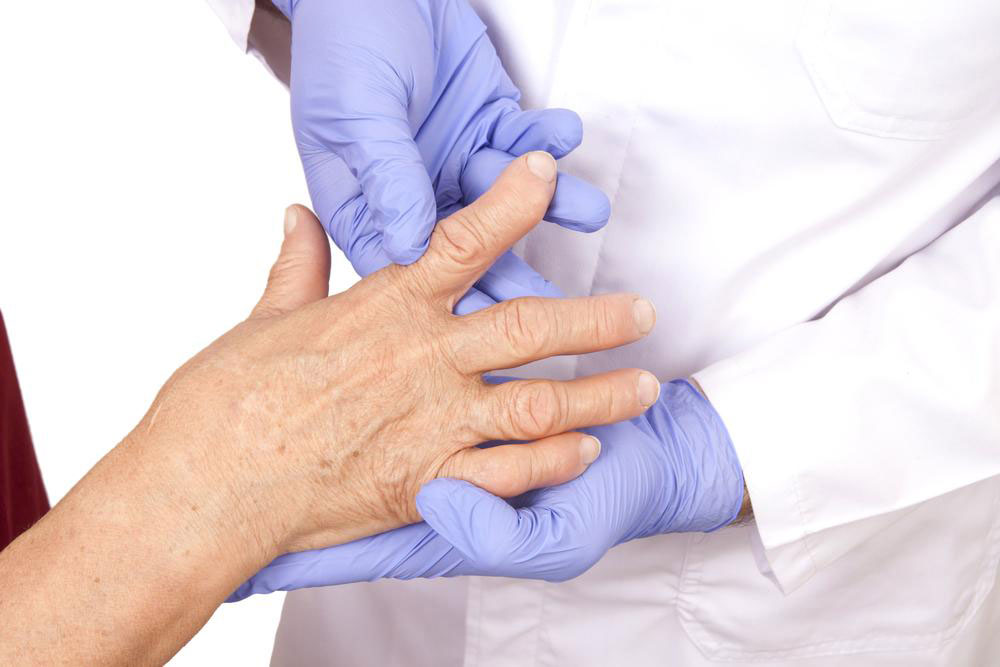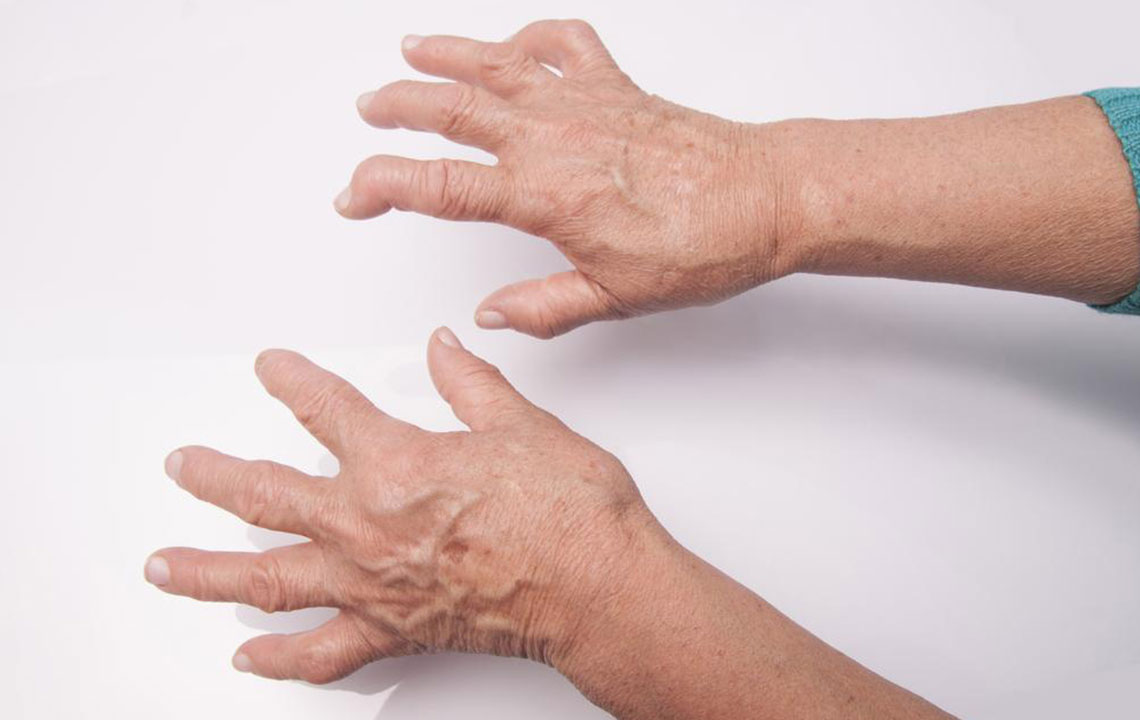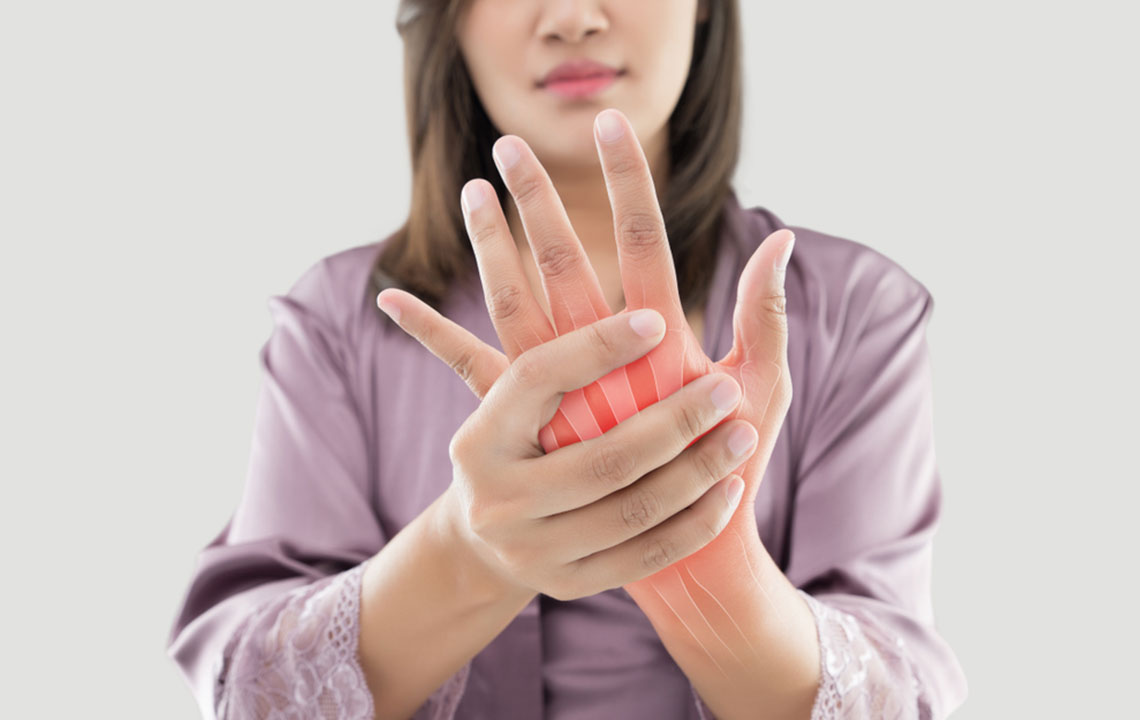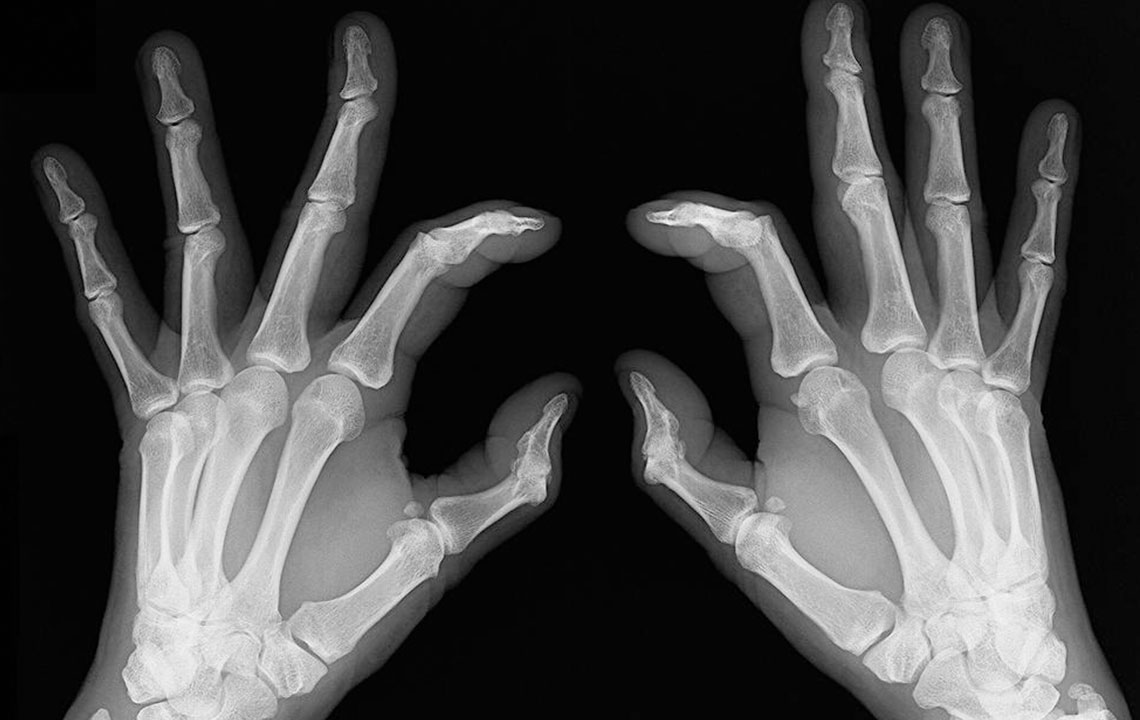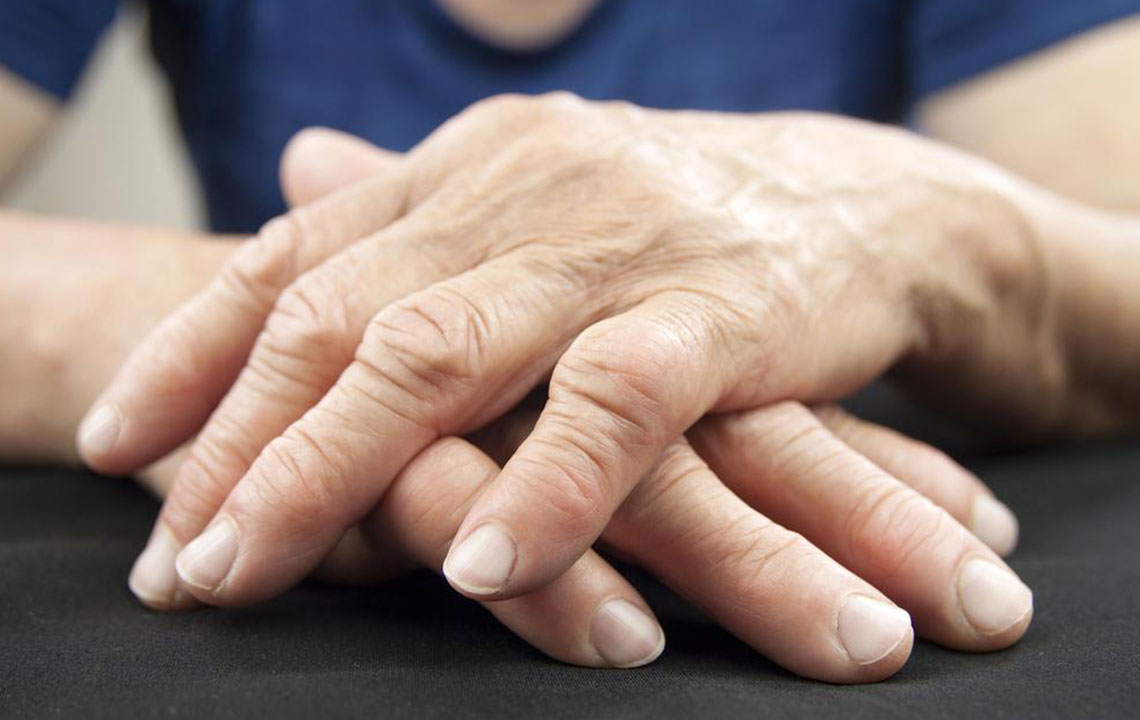Understanding Rheumatoid Arthritis: Causes, Symptoms, and Care
Rheumatoid arthritis is a chronic autoimmune condition affecting joints and other organs, with no cure but effective management options. Early diagnosis and treatment are key to reducing symptoms and preventing joint damage. This article covers symptoms, diagnosis, and treatment approaches to help individuals understand and manage RA effectively.
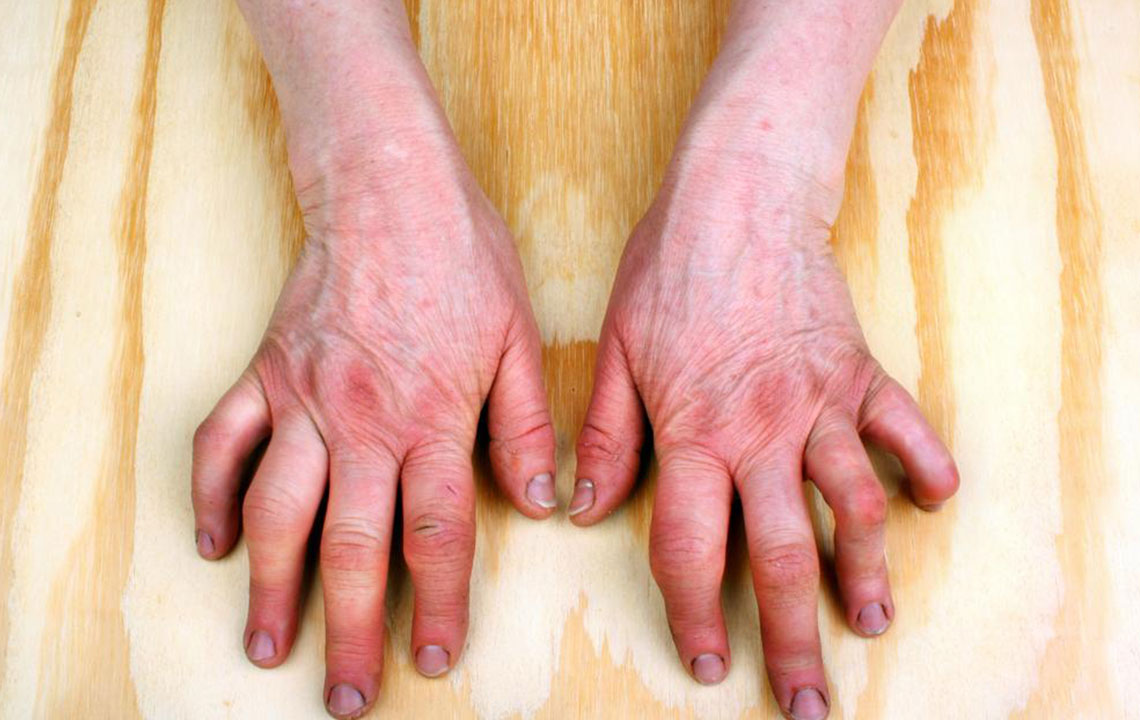
Understanding Rheumatoid Arthritis: Causes, Symptoms, and Care
Rheumatoid arthritis (RA) is an autoimmune disease with no known cure, but early management can significantly improve quality of life. It primarily targets joints but can also impact the lungs, eyes, and voice box.
Key Symptoms
RA consistently involves both hands and feet, causing swelling, redness, tenderness, and pain in joints such as the wrists, elbows, knees, and beyond. The cause remains uncertain, though genetic factors play a role, particularly affecting women.
Since symptoms vary, diagnosis involves multiple tests. Typical signs include joint stiffness, particularly in the mornings, lasting over an hour, along with redness and a warm sensation. Swelling occurs as fluid accumulates in the joints, and pain becomes persistent with ongoing inflammation.
RA can also affect the entire body, leading to fatigue, muscle aches, reduced appetite, and weight fluctuations. Some individuals develop rheumatoid nodules as skin bumps, usually on elbows.
Diagnosis involves blood tests for RF factor and antinuclear antibodies, alongside imaging and clinical evaluation. Managing RA includes medication, physical therapy, and possibly surgery, especially in advanced cases. Early intervention helps slow joint deterioration and improve daily functioning.
Medications such as NSAIDs manage pain and inflammation but do not prevent joint damage. Disease-modifying drugs (DMARDs) help slow disease progression but may have side effects like increased infection risk. Biological therapies, like biologics, target immune responses to reduce inflammation but also suppress immune defenses. Corticosteroids are used temporarily during flare-ups to alleviate symptoms.
Beyond drugs, physical and occupational therapy enhance joint mobility and assist with daily tasks. Therapeutic exercises, heat or cold therapy, and emotional support through cognitive therapy contribute to comprehensive RA management. Timely diagnosis and treatment are crucial for reducing symptoms and maintaining quality of life.

